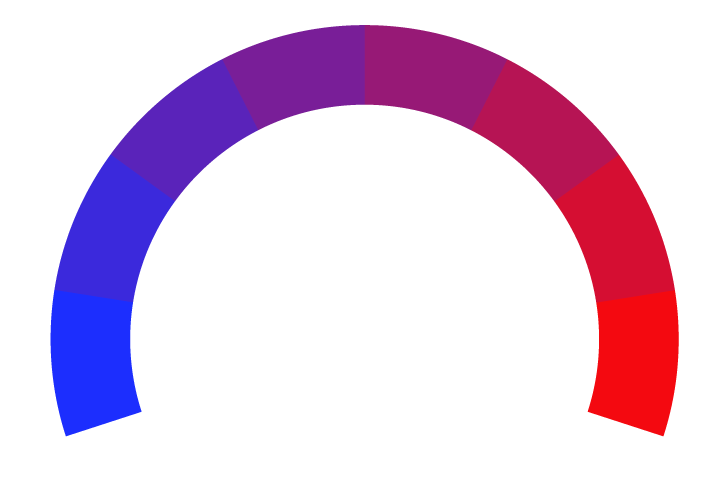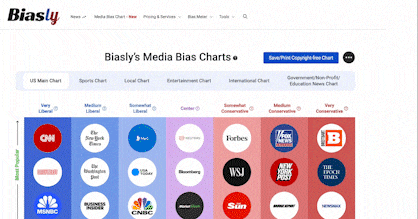GST Revamp: What Gets Cheaper, What Gets Costlier; Industry Reacts
- Bias Rating
- Reliability
30% ReliableAverage
- Policy Leaning
-30% Somewhat Left
- Politician Portrayal
N/A
Continue For Free
Create your free account to see the in-depth bias analytics and more.
By creating an account, you agree to our Terms and Privacy Policy, and subscribe to email updates.
Bias Score Analysis
The A.I. bias rating includes policy and politician portrayal leanings based on the author’s tone found in the article using machine learning. Bias scores are on a scale of -100% to 100% with higher negative scores being more liberal and higher positive scores being more conservative, and 0% being neutral.
Sentiments
11% Positive
- Liberal
| Sentence | Sentiment | Bias |
|---|---|---|
Unlock this feature by upgrading to the Pro plan. | ||
Reliability Score Analysis
Policy Leaning Analysis
Politician Portrayal Analysis
Bias Meter
Extremely
Liberal
Very
Liberal
Moderately
Liberal
Somewhat Liberal
Center
Somewhat Conservative
Moderately
Conservative
Very
Conservative
Extremely
Conservative
-100%
Liberal
100%
Conservative

Contributing sentiments towards policy:
47% : One of the most striking outcomes of the GST revamp is the reduction in tax slabs on several goods The 56th meeting of the GST Council, chaired by Finance Minister Nirmala Sitharaman was held in New Delhi, and it has brought in some of the most significant reforms since the tax was first introduced.47% : By rationalising tax rates, the government seeks to strike a balance between boosting consumption, maintaining fiscal discipline, and supporting long-term economic growth.
41% : Focused on rationalisation of tax rates and next-generation reforms, the Council's decisions are set to impact consumers and industries alike, making essential items and automobiles more affordable while providing relief to key sectors like infrastructure and housing.
*Our bias meter rating uses data science including sentiment analysis, machine learning and our proprietary algorithm for determining biases in news articles. Bias scores are on a scale of -100% to 100% with higher negative scores being more liberal and higher positive scores being more conservative, and 0% being neutral. The rating is an independent analysis and is not affiliated nor sponsored by the news source or any other organization.























